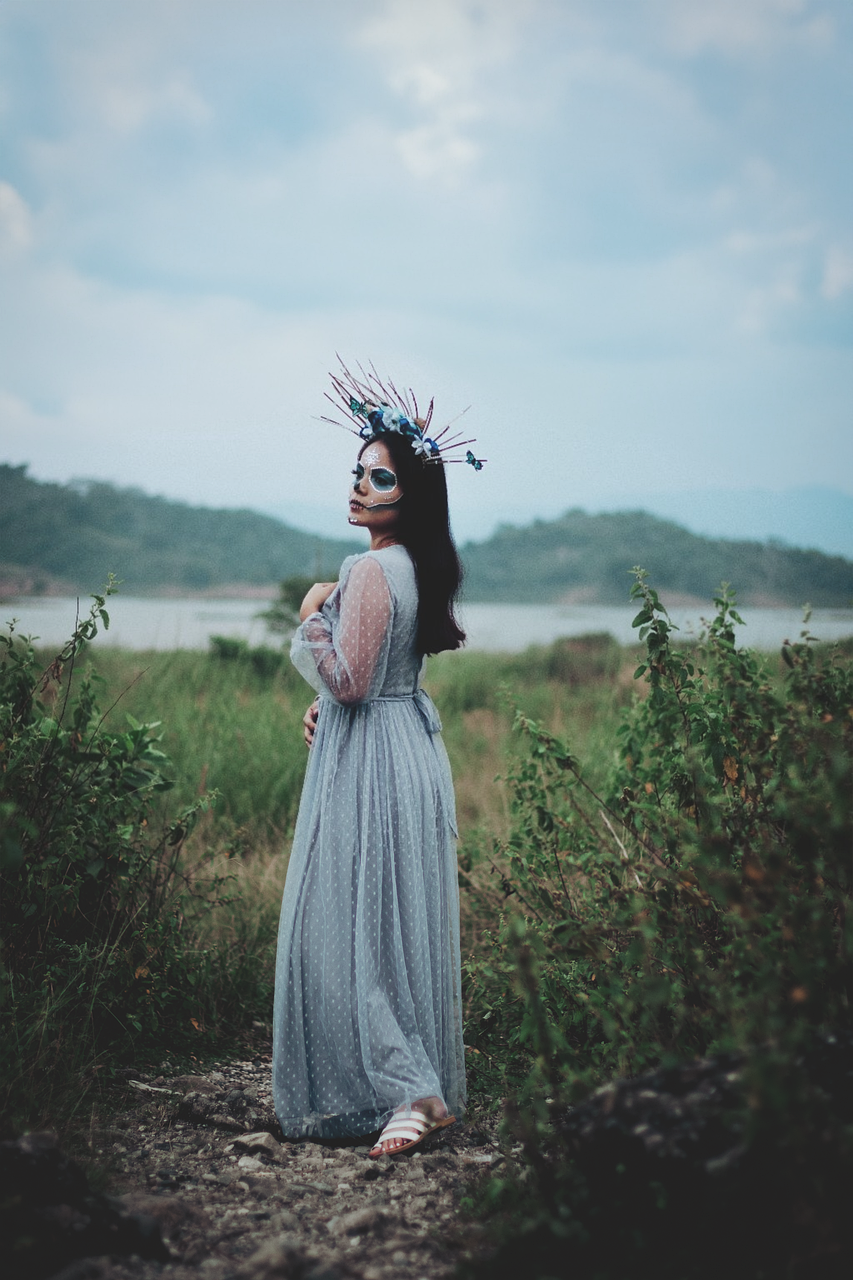
The legend of La Llorona, or “The Weeping Woman,” is a well-known and chilling folklore in New Mexico, as well as throughout Latin American cultures. According to the tale, La Llorona is the ghost of a woman who, in a fit of madness or despair, drowned her own children. Stricken with grief and remorse, she wanders near bodies of water, crying out for her lost children. Her wails of “¡Ay, mis hijos!” (“Oh, my children!”) are said to be heard by those near rivers, lakes, and other water sources.
The story of La Llorona has many variations, but common elements include:
1. Origins:
La Llorona was often a beautiful woman named Maria. She married a wealthy man who eventually abandoned her, leaving her heartbroken. In a moment of despair or jealousy, she drowned her children in a river.
2. Punishment:
After realizing what she had done, she drowned herself. As punishment for her actions, she is condemned to wander the earth for eternity, searching for her children and grieving.
3. Encounters:
It is said that those who hear her cries are often in danger, especially children. Parents use the story as a cautionary tale to keep their children from wandering near dangerous waters or staying out late.
4. Cultural Significance:
La Llorona is more than a ghost story; she represents themes of loss, regret, and the consequences of one’s actions. The tale is deeply embedded in New Mexican culture, reflecting the blending of Indigenous, Spanish, and Mexican influences.
In New Mexico, La Llorona is a pervasive figure in local lore. Many people claim to have seen her near the Rio Grande or other waterways, and her story is often shared during cultural events, storytelling festivals, and Halloween celebrations. The legend of La Llorona continues to be a significant part of New Mexico’s rich tapestry of folklore and cultural heritage.
